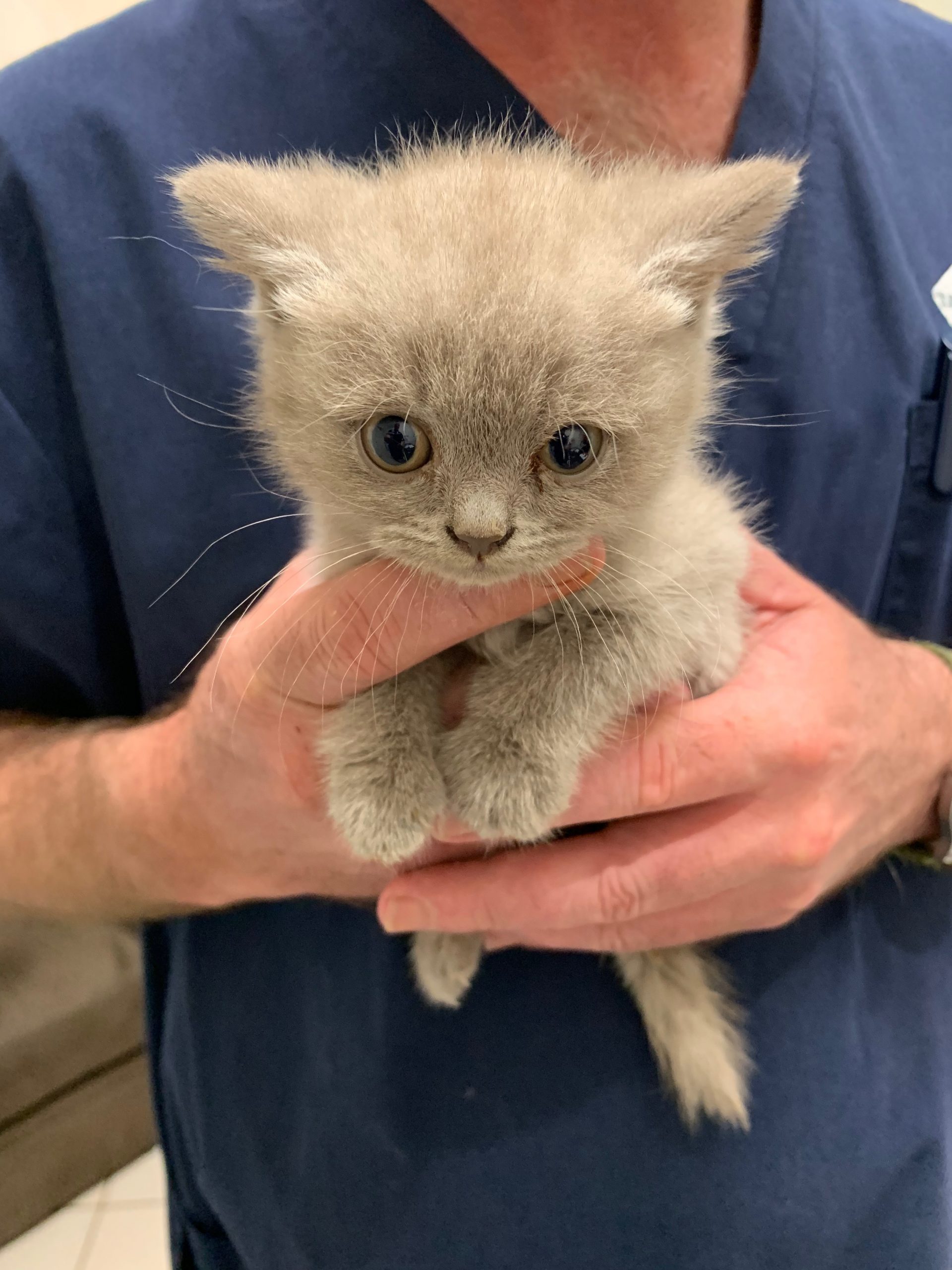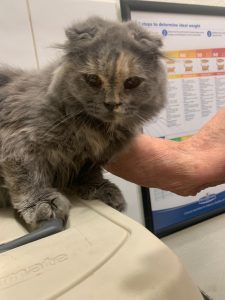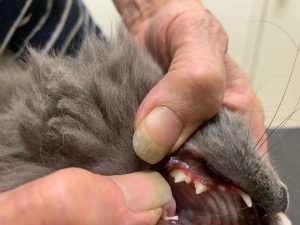Can we agree that cats are unique and different?
What a cat brings to your life is individual and uncompromising – they each have their own personality and flair.
When it comes to health – calicivirus infections are an example of how cats are just so unique (and certainly different to dog and human health)
One such topic is calicivirus. Calicivirus is one of the 2 viral “cat flu” infections. The other major cat flu infection – Herpesvirus – can cause obvious signs with eyes and nasal passage.
However Calicivirus long term effects are often NOT associated with eyes and nose.
How Frequently do Cats Get Calicivirus?
“..My thoughts (based on cats in hills area of Perth) is that chronic issues due to cat flu infection is present in about 1 cat in 4 that I examine..”
I have seen estimates as low as 9% of cat population gets cat flu and as high as 85% – in different populations of cats.
So, just who can you believe?
My thoughts (based on all the cats I examine) is that chronic issues due to cat flu infection (not just calicivirus) is present in about 1 cat in 4 that I examine.
How Do Cats get Calicivirus?
“..Once a cat gets calicivirus infection, only 20% appear to become cured..”
From infected discharges from cats that are shedding (saliva, tears etc). When a cat sneezes, particles can travel 1.5m.
As humans who pat and cuddle cats, we can potentially then transfer the virus to other cats on our hands and clothing, from infected discharge.
Once a cat gets calicivirus infection, only 20% appear to become cured. The remainder go on to either be carriers (healthy and no physical signs of disease, but will shed the virus) or develop more chronic signs such as gum inflammation
What sort of physical signs do cats with Calicivirus show?
“..The most common longer term issue that I see with Calicivirus causes for cats is inflamed gums..”
Most often calicivirus is going to cause cat flu symptoms (watery eyes, sneezing etc).
However (rarely) calicivirus can cause much more widespread damage and inflammation of pads, skin, mouth and internally (including pancreatitis). Treatment of these cats is far more intense and deaths have been known to occur due to systemic calicivirus
The most common longer term issue that I see with Calicivirus causes for cats is inflamed gums. Often very young cats (less than 2 years of age) can be seen with this.
Not every young cat with inflamed gums has calicivirus.
Other causes of inflamed gums can include tartar and as syndrome that results from inflammation after eruption of the adult teeth. However these causes tend to disappear quickly after medical treatments.
Why would Calicivirus cause gum inflammation in some cats, and not in other cats?
Good question – and nobody appears to have a good answer.
In fact there is usually no answer at all.
Certainly some of these cats also have other infection issues (Feline AIDS virus and Feline Leukaemia Virus are such conditions) that compound the gum inflammation due to calicivirus.
How Is Calicivirus Treated?
“…Treatments are directed at ensuring your cat is comfortable and happy – as well as making long term immune response to control calicivirus as effective as we can manage…”
As a starter, be aware that no single treatment has ever proven to be always effective in calicivirus conditions. Treatments are directed at ensuring your cat is comfortable and happy – as well as making long term immune response to control calicivirus as effective as we can manage.
- Anti inflammatories – useful for comfort. Depending on area of body involved, both non cortisone anti inflammatories (Meloxicam) and cortisone can be very effective. Generally I favour cortisone in particular for the common gum inflammation many of these cats get. MUCH more comfortable.
Be aware that whilst cortisone has a bad rap on the internet, our focus is a dose of cortisone that is low enough that it will not suppress immune response, and yet still reduce the inflammation that is so damaging to your cat. - Testing – maybe I should have put this first? Some cats with calicivirus will also have other challenges to their health. This may be FIV (Aids), Leukemia virus, or even oran issues like pancreatitis or kidney issues. These need to be known and understood in order to provide the most suitable and effective way of treating your cat.
- Vaccination – maintaining immunity in carrier cats is important, as this minimises the capacity of calicivirus to cause relapse into disease
- Interferon – initially promoted as the next big thing for cats with viral infection, I found the response to Interferon a bit disappointing. I had a handful of cats that did very well, but overall I found that 80% of the cats did not benefit from Interferon. Bear in mind that Interferon is quite expensive also
- Dental treatments – given the number of young cats with calicivirus that seem to have recurrent gingivitis, it isnt surprising that dental treatments are required. Whilst initial efforts are made to clean and polish teeth and control the gingivitis, there are a proportion of cats with gingivitis where this just doesn’t prove effective. For these cats, removing all teeth (usually the premolar and molar cheek teeth) is immensely valuable in allowing the gums to settle down and comfort restored. Amazingly, cats with all teeth removed eat very normally and very well after they have healed up from surgery.
Can Calicivirus be Cured?
It seems reasonable to be thinking that a % of cats that get calicivirus cure themselves with such a good immune response that the virus is eliminated.
Whilst studies demonstrate this number to be 20%, I suspect this is on the low side – we may simply never get to see all the cats that have cat flu. Whether a cat owner brings the cat for veterinary attention probably depends on whether they appear to still be eating and drinking and grooming themselves.
Of course pre existing immunity and good health favour a cat exposed to calicivirus to truly be cured, rather than develop more chronic carrier status or inflammation issues.
There is every reason to think that Calicivirus will persist in the cat population. Yes, that may well yet include the cats in your family too.
However, there is also good reason to think it is treatable to the extent of having a comfortable and happy cat for the long term – and that cat will thank you for your efforts in helping them.





